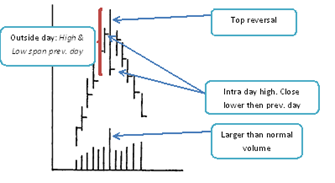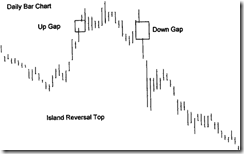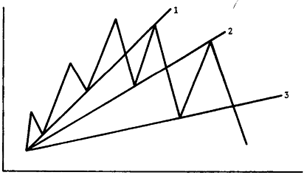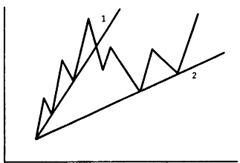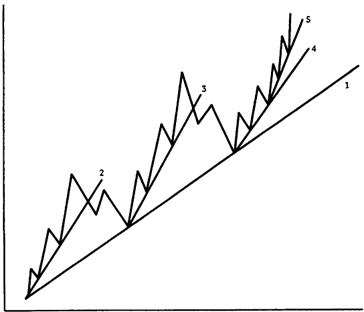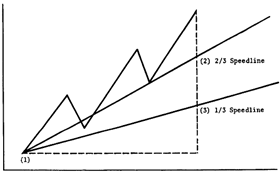It appears that the market cannot hold more than one thought in its head at a time. At first, it was all about the US debt ceiling, and now its about the EU. Least we forget, there are sprinklings of a ‘hard-landing’ in China and a ticking time-bomb that is Japan. And what does it mean for India? The Nifty is down 7% since the beginning of this month and the banks are down close to 12%. So much for decoupling.
For those who have snoozed through the better part of last month, here’s the EU saga in short: There are 23 countries using the Euro common currency. All of these countries have different economies, cultures and entitlement programs (link pensions, healthcare, education, etc…) Germany and France are by far the biggest economies within the Euro. If all of these countries were to have individual currencies, then the German Mark (Deutsche Mark) would have appreciated vs. every other currency in Europe. As their currency would’ve appreciated, their exports would not have been as competitive, allowing other countries to have a semblance of a domestic industry. However, thanks to the Euro, the German export machine never faced a pause. To add to this, according to the EU banking laws, a sovereign default can never happen. So basically, it meant that the weaker countries could borrow at the same rate as the strong Germany and the banks need not set aside any capital for buying that debt either. And, as they say, all good things come to an end.
And what a spectacular end! If Greece, for example, had their own currency, then they could have just done a ‘soft’ default: print more currency, repay the debut with useless Drachmas, hyper-inflate for a couple of years, issue a mea culpa, and life goes on an usual. Just ask Argentina and Russia.
But the Germans wouldn’t have any money printing under their watch! No! No! No! So the PIIGS are now caught in a vortex where they have to endure years of depression and cut back on their entitlement programs. So basically, they have this big cement block call the Euro tied to their ankles as they are trying to keep their heads above the water. At some point, it would just make sense to just say good-bye to the Euro, devalue/default and focus on the future. And this is what we are seeing being played out in the markets.
Here’s a pretty nice infographic that the BBC put out on the interconnectedness of euro debt.
On the shit that Portugal is facing: Portugal Heading for ‘Shock’ Year
Is Germany immune to the crisis? definitiv nicht
Is it going to end soon? Nope. Brace yourself for a train-wreck in slow motion.
Is India going to be spared? Unlikely.
Keep your eyes open for daily deals on the bluest of the blue chips.
Follow me on twitter: @SunderStockViz




